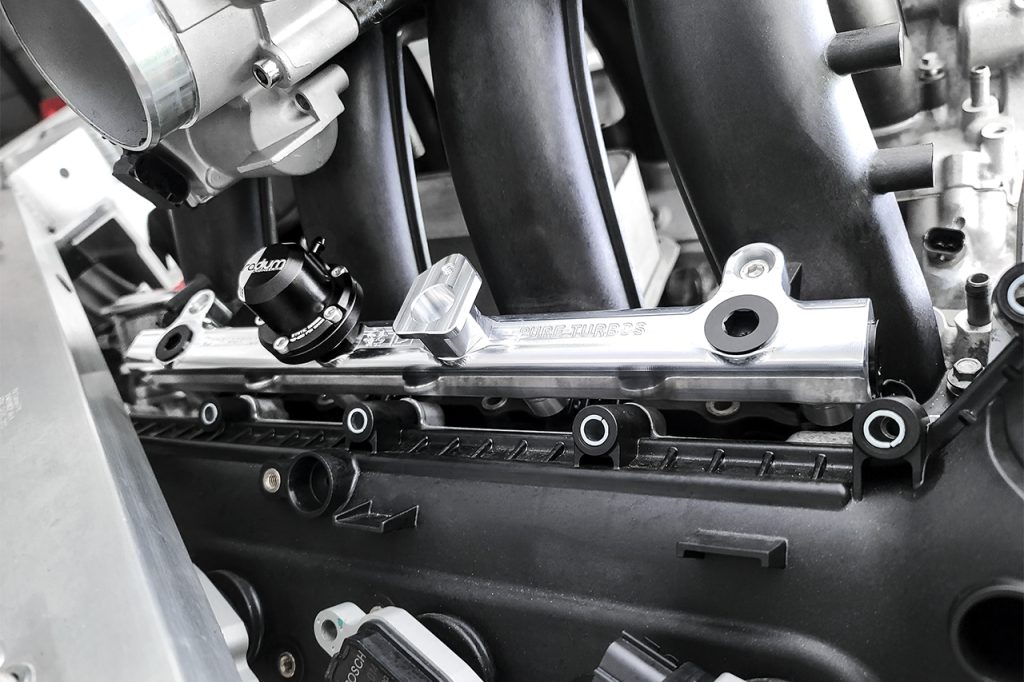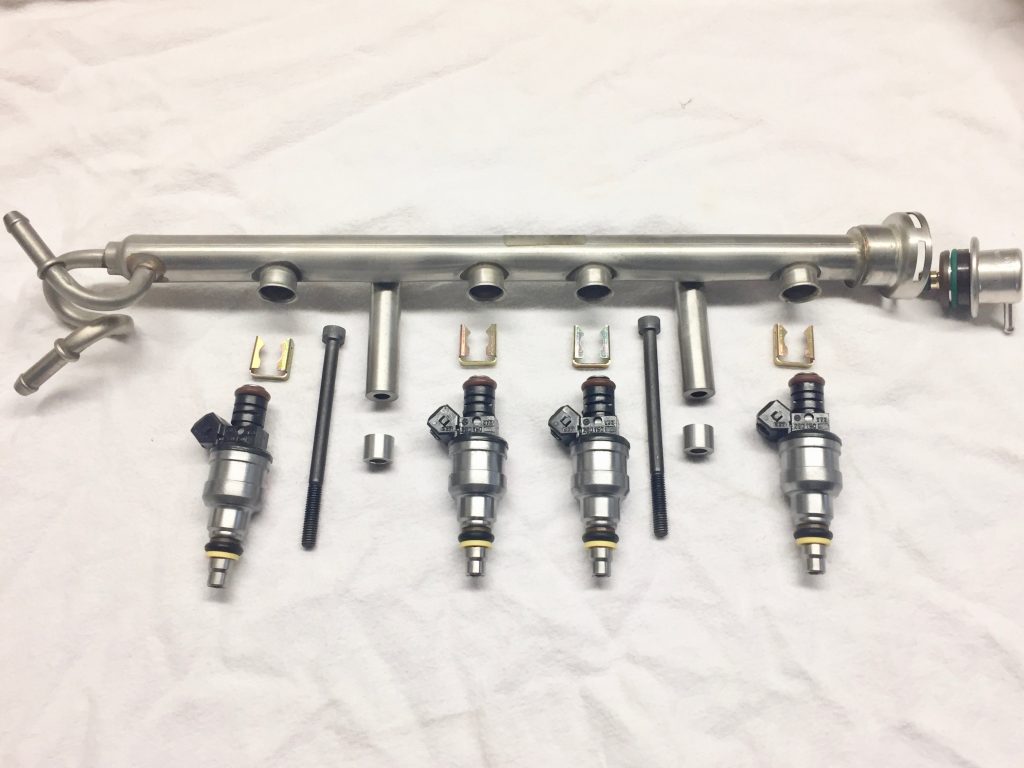The Fuel Rail system is a major part of the engine. It consists of a fuel pump, fuel tank, fuel injector, and fuel rails. The fuel injection system has the responsibility to supply fuel properly to the engine. The fuel rail is the most important part of the fuel system. The main function of the fuel rail is to supply fuel throughout the system. This article mainly explains the fuel rail function and symptoms of a bad fuel rail pressure sensor.

What Is a Fuel Rail?
A fuel rail is a high-pressure fuel line that properly supplies fuel to the fuel injector in an IC engine. It is a vital part of the fuel injection system and is essential for the stable fuel supply to the injector. The fuel rails need proper care and maintenance for proper operation. If they clog, they can’t properly supply fuel to the fuel engine; due to that, your engine may damage or clog.
Fuel rails are most commonly used in the latest direct-injection petrol engines to attain maximum fuel efficiency and reduce emission rates. The use of this technology is increasing day by day to improve engine performance and fuel economy.
What is a Fuel rail Pressure Sensor?
The fuel rail pressure sensor is a part of the fuel injection system used to observe the fuel pressure in the fuel rails. It is also known as a fuel pressure sensor. It installs near the center of the fuel rail and is connected to the vehicle’s central computer (Engine Control Unit).
Many diesel engines and some petrol engines use fuel rail pressure sensors (often referred to as fuel pressure sensors).
As the sensor measures the pressure of the fuel rails, it sends a signal to the engine control unit (ECU), which utilizes it to adjust the timing and fuel economy of the vehicle.
What is the function of a Fuel Pressure Sensor?
The main function of the fuel rail pressure sensor is to continuously measure the fuel pressure in the fuel rails. When the sensor measures the fuel pressure inside the rails, it sends this collected data to the ECU system.
As the ECU receives data, it analyzes the data and makes reasonable changes to the timing and amount of the fuel being injected. This sensor helps improve the engine’s performance in the existing operating conditions.
The ECU device specifies the precise amount of fuel according to the engine requirements. If your injector injects more fuel than required into the burner, it will result in poor fuel economy. In addition, the service life of emission-related components reduces, and additional carbon emissions expel into the environment.
All vehicle manufacturers try to manufacture the best environmentally-friendly vehicles, which is a demand of current environmental conditions. In this case, the fuel rail sensor plays a big role in maintaining the emission rate and fuel economy of your vehicle.

Symptoms of a Bad Fuel rail Pressure Sensor
A faulty or bad fuel rail sensor has the following major signs:
1) Check the Engine Light
The “Check Engine” warning light on the vehicle dashboard starts to illuminate if the fuel rail pressure sensor fails. This light only illuminates when the ECU senses a problem with the vehicle that is disturbing the engine performance.
This does not necessarily mean that the engine itself has a problem, but it may also represent that something else in the vehicle has a problem that stops the vehicle from working properly.
You may not know at first that it is a fuel rail pressure sensor, but you can usually identify the problem with a diagnostic scan tool.
P0194, P0193, P0192, P0191, and P0190 are the most commonly used DTC codes that indicate problems with the fuel rail sensor.
2) Difficulty Starting the Engine
As your vehicle fuel sensor is damaged, the engine control unit will not deliver the proper amount of fuel to the engine. This makes starting the vehicle difficult. In such a situation, you must immediately contact the technician and ask him to fix the problem.
3) Weak Acceleration
As you press the speed accelerator pedal and your vehicle doesn’t run according to your requirements, this problem may occur due to a defective fuel pressure sensor.
In such a situation, the ECU system cannot send the signal to the fuel system properly because the information it receives from the sensor is inaccurate. In such conditions, your ECU (engine control unit) doesn’t know how to meet your engine’s fuel needs.
4) Engine Stalling
If your vehicle has a bad fuel rail pressure sensor, the engine may start to generate stalling issues. In such a situation, your motor may suddenly stop while driving. It can also remain in idle mode.
This problem will make your driving very hard and dangerous. Therefore, you must fix this problem as soon as possible.
5) Fuel Mileage
If the fuel pressure sensor is not working properly, fuel consumption and fuel economy will be significantly reduced.
In such conditions, the ECU sends a very high or very low amount of fuel to the combustion chamber through the fuel rails. A faulty fuel rail sensor increases fuel consumption or fails the engine.
Large vehicles will generally observe a reduction in fuel economy. For example, the fuel economy of a Duramax engine will be influenced more than that of an engine like the Honda Civic.
For More Press Here









